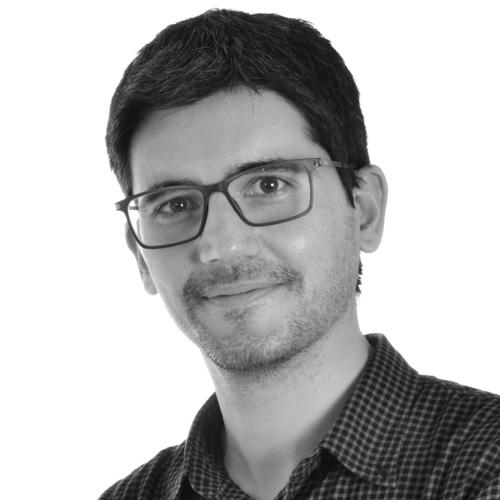2021 | PhD project
Research description
The implementation of nature-based solutions (NBS) and green and blue infrastructure (GBI) in urban areas is gaining momentum as a strategy to mitigate climate risk, enhance public health, and ultimately, create more livable cities. However, NBS and GBI (spatial) assessment and planning instruments have been criticized for its poor consideration of environmental justice and social vulnerability, hence its implementation in cities bares the risk of (re-)producing social inequalities. In order to make NBS, GBI and its related benefits (more) available/accessible to the above-mentioned vulnerable social groups (e.g., children, older persons, people with disabilities), it is important to assess their accessibility from other foundational social amenities which represent an essential place of their daily urban experience (e.g., schools, senior centers, healthcare facilities). Yet, to date, the majority of studies analyzing (unequal) exposure or access to urban green and blue spaces by vulnerable social groups focuses on residential metrics. Approaches based on foundational social facilities are still scarce, clearly dominated by US case studies and rarely looking at the equity implications of the observed (spatial) distributional patterns. In response to the above-mentioned knowledge gaps, this project aims to set the ground for the development of an interdisciplinary research line at VUB on the geospatial analysis of access to urban NBS and GBI, with a focus on vulnerable groups living in the Brussels Capital Region (BCR). This overall goal is structured around three main research objectives to be accomplished by a novel mixed- method approach that combines both quantitative and qualitative techniques from both natural and social sciences, including GIS analyses, map-based surveys, and semi-structured interviews. The research project will be mainly implemented in the form of a PhD thesis supervised by the ZAP member. The project is structured around seven interrelated work packages with defined tasks to ensure that the research objectives will be reached within the project.



